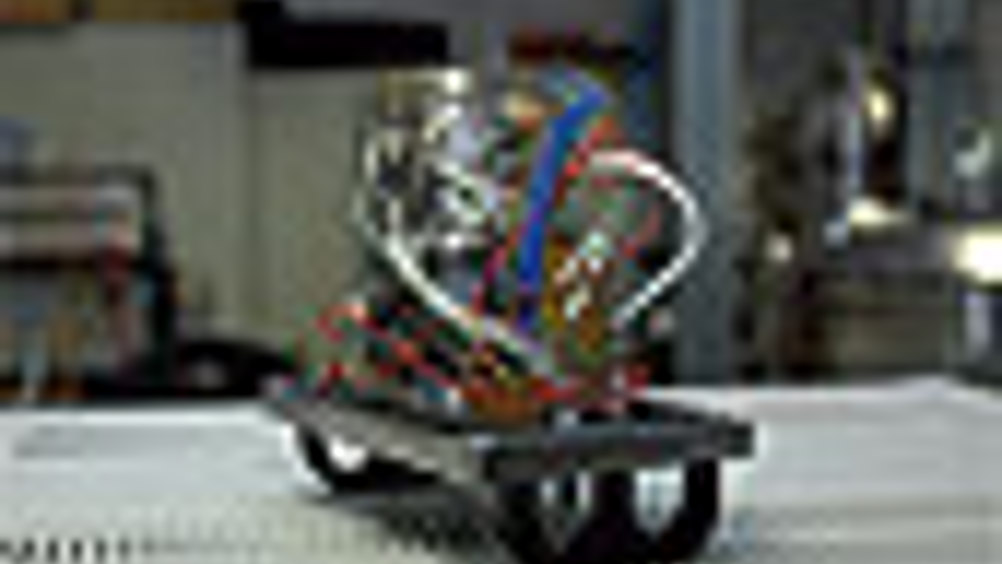Life on earth
Gas-analysis technology developed for ESA’s Rosetta mission is being converted to diagnose tuberculosis in remote parts of Africa. Stuart Nathan reports

Medical technology can come from anywhere. That might seem obvious, but until fairly recently, relatively little technology has been transferred from engineering to medical applications. And that’s something that the Wellcome Trust, the world’s largest medical research charity, is keen to tackle. The trust is currently funding a project — set to enter clinical trials later this year — to convert a device designed to analyse comets and to search for life on Mars into a portable tool to diagnose tuberculosis in the most rugged environments of sub-Saharan Africa.
Glenn Wells, head of business development for the Trust’s technology transfer operations, said the development of medical devices was a highly multidisciplinary activity, needing the input of engineers, biologists and clinicians — three groups that are unlikely to collaborate. ‘Engineers have often not realised their research might have medical applications,’ he said. ‘And as far as the Trust goes, they didn’t know we existed, or that they could apply for grants from us.’
Register now to continue reading
Thanks for visiting The Engineer. You’ve now reached your monthly limit of premium content. Register for free to unlock unlimited access to all of our premium content, as well as the latest technology news, industry opinion and special reports.
Benefits of registering
-
In-depth insights and coverage of key emerging trends
-
Unrestricted access to special reports throughout the year
-
Daily technology news delivered straight to your inbox










UK Enters ‘Golden Age of Nuclear’
The delay (nearly 8 years) in getting approval for the Rolls-Royce SMR is most worrying. Signifies a torpid and expensive system that is quite onerous...